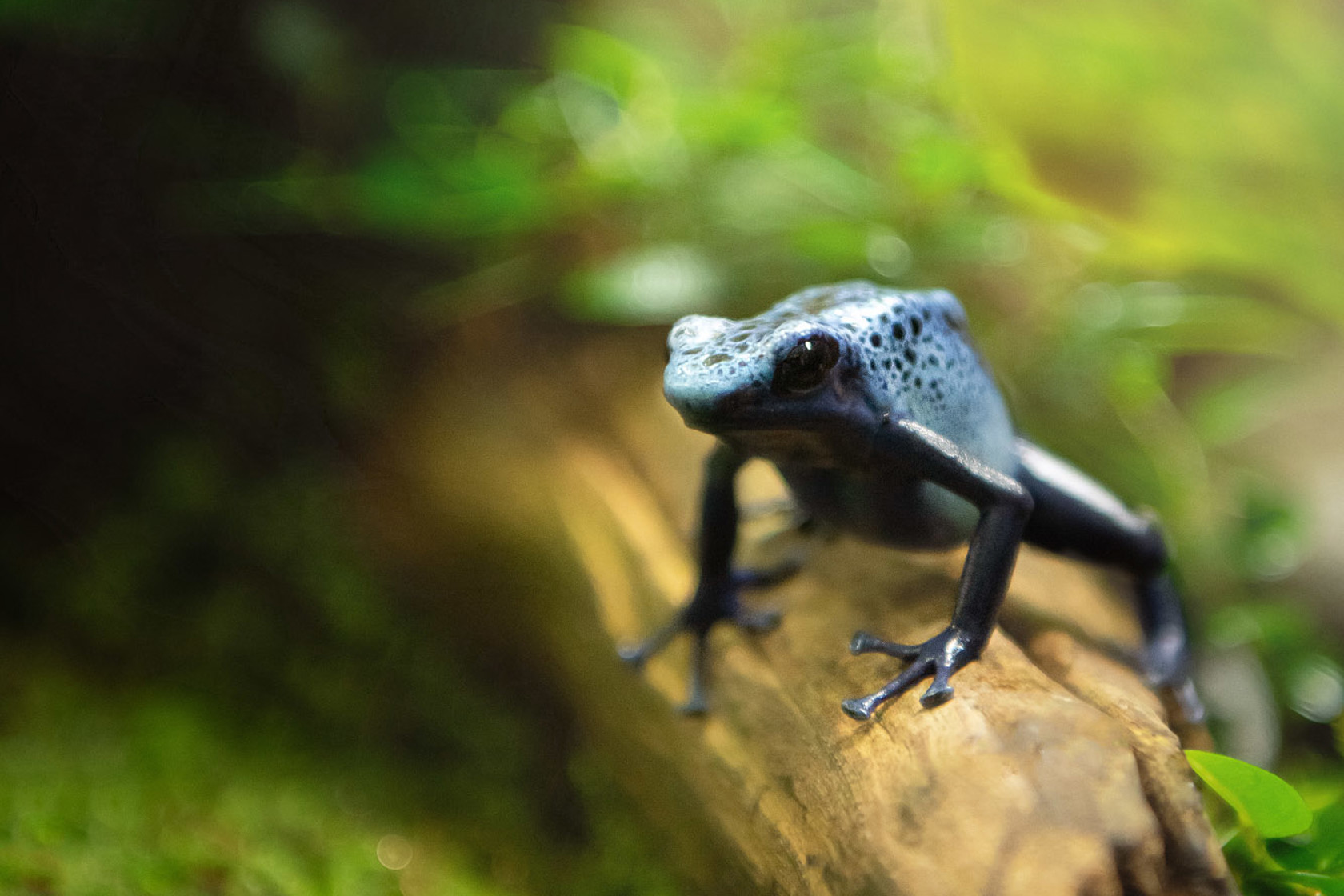Meet our amphibians
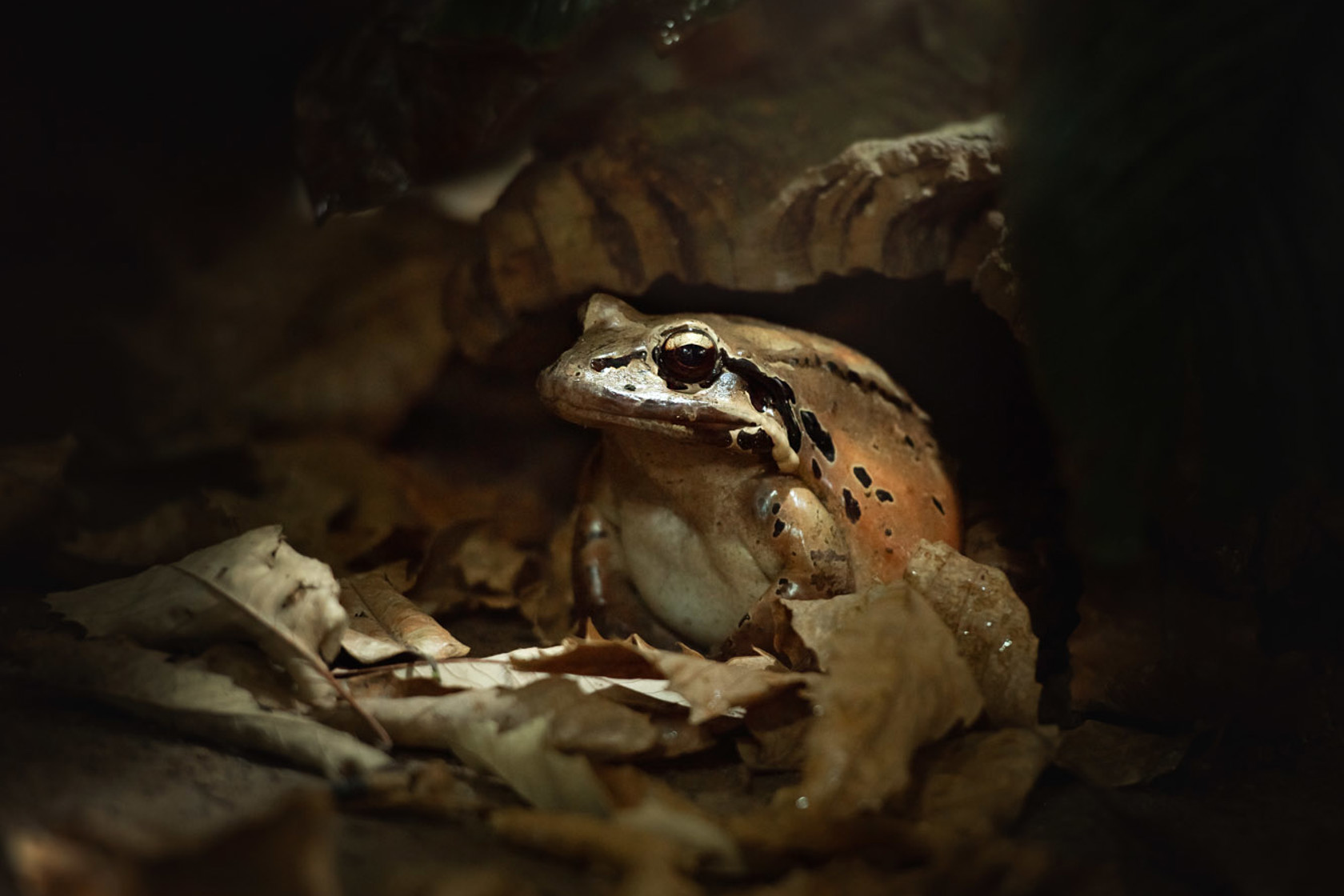
Mountain chicken frog
Learn more about the frog driven to the brink of extinction by a deadly microscopic fungus.
Learn more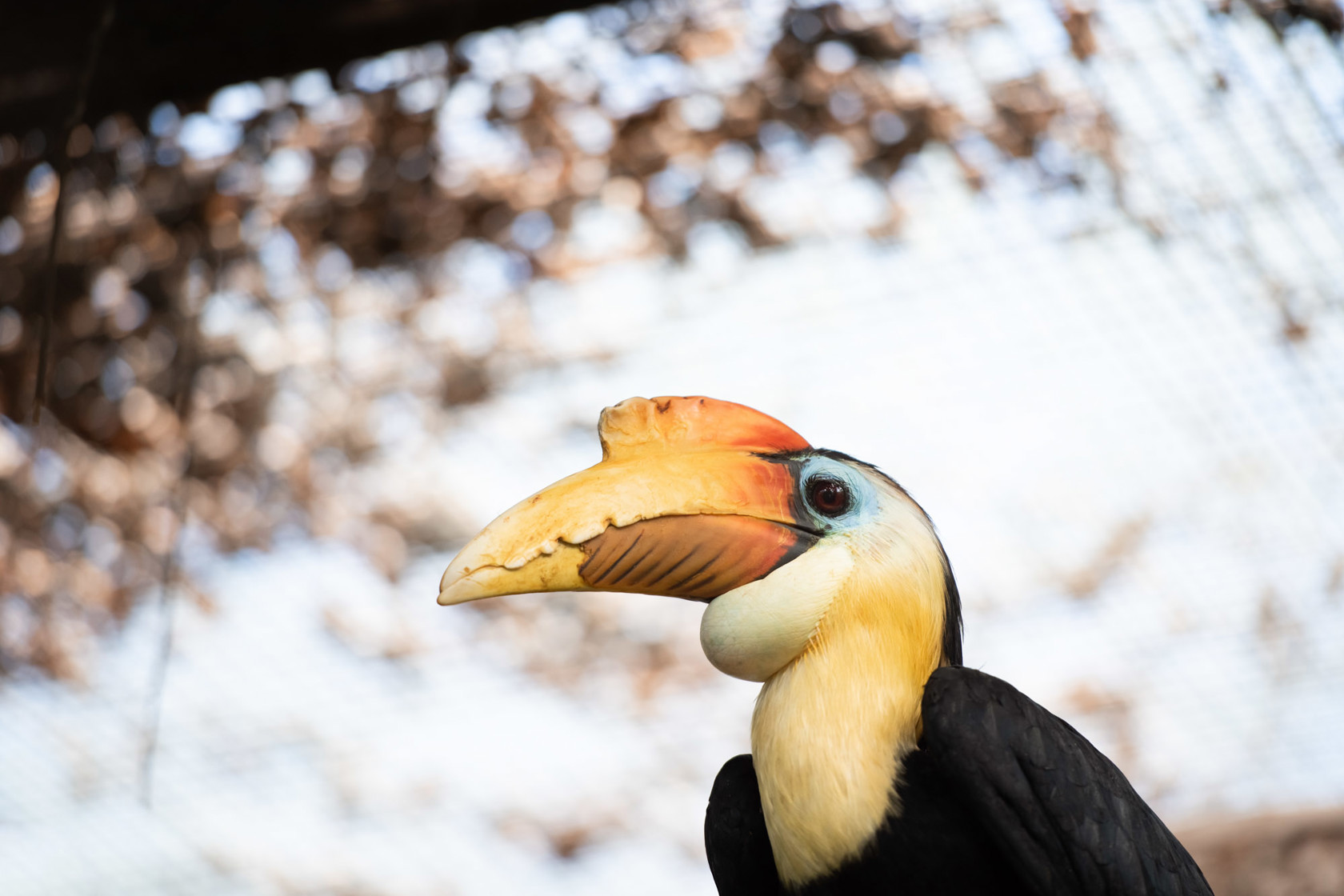
As a vital part of our community, you can help care for the animals at Jersey Zoo and save species worldwide.
Learn more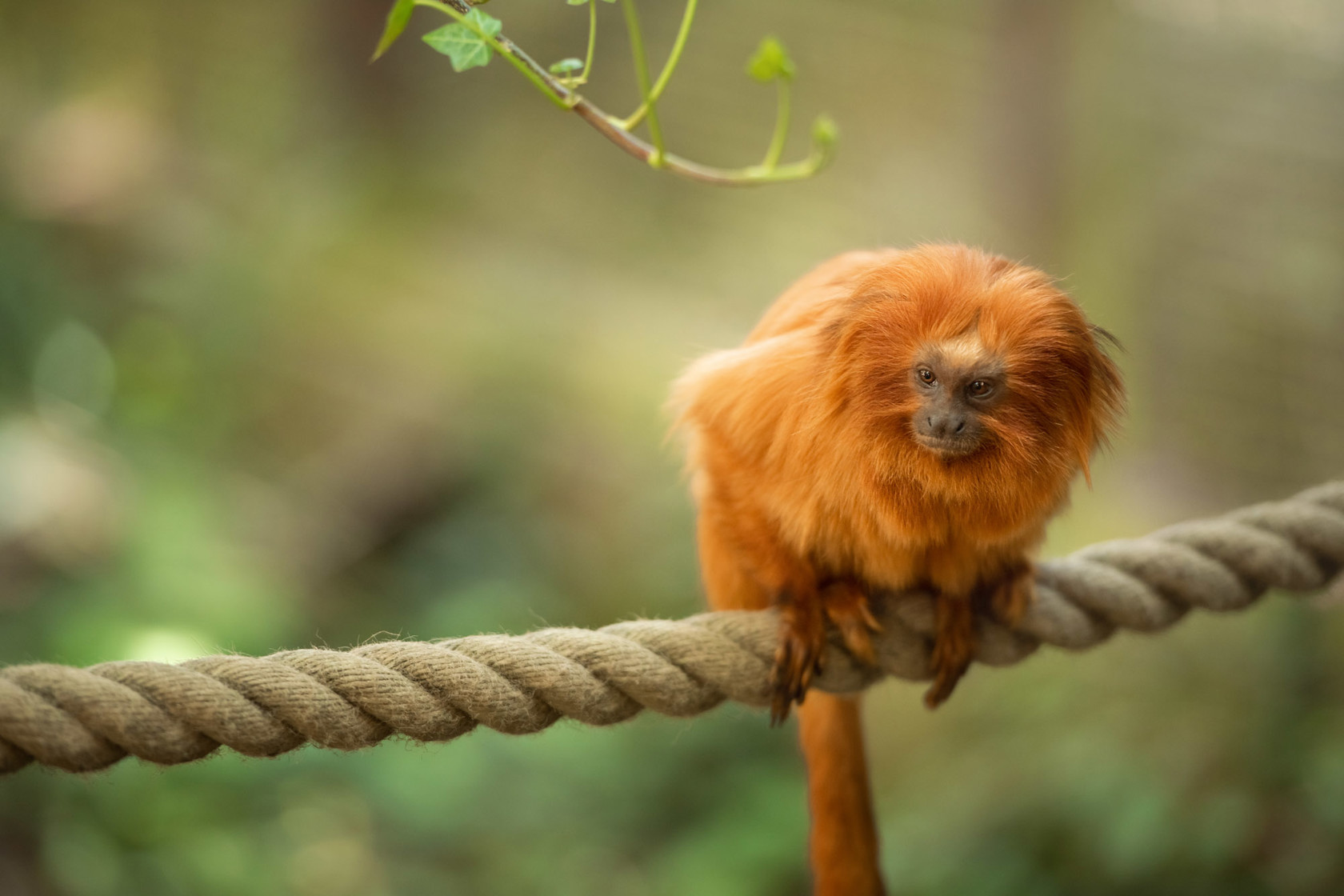
We can all make a difference by taking action, fundraising, or making a donation. Together, we can prevent extinction.
Learn more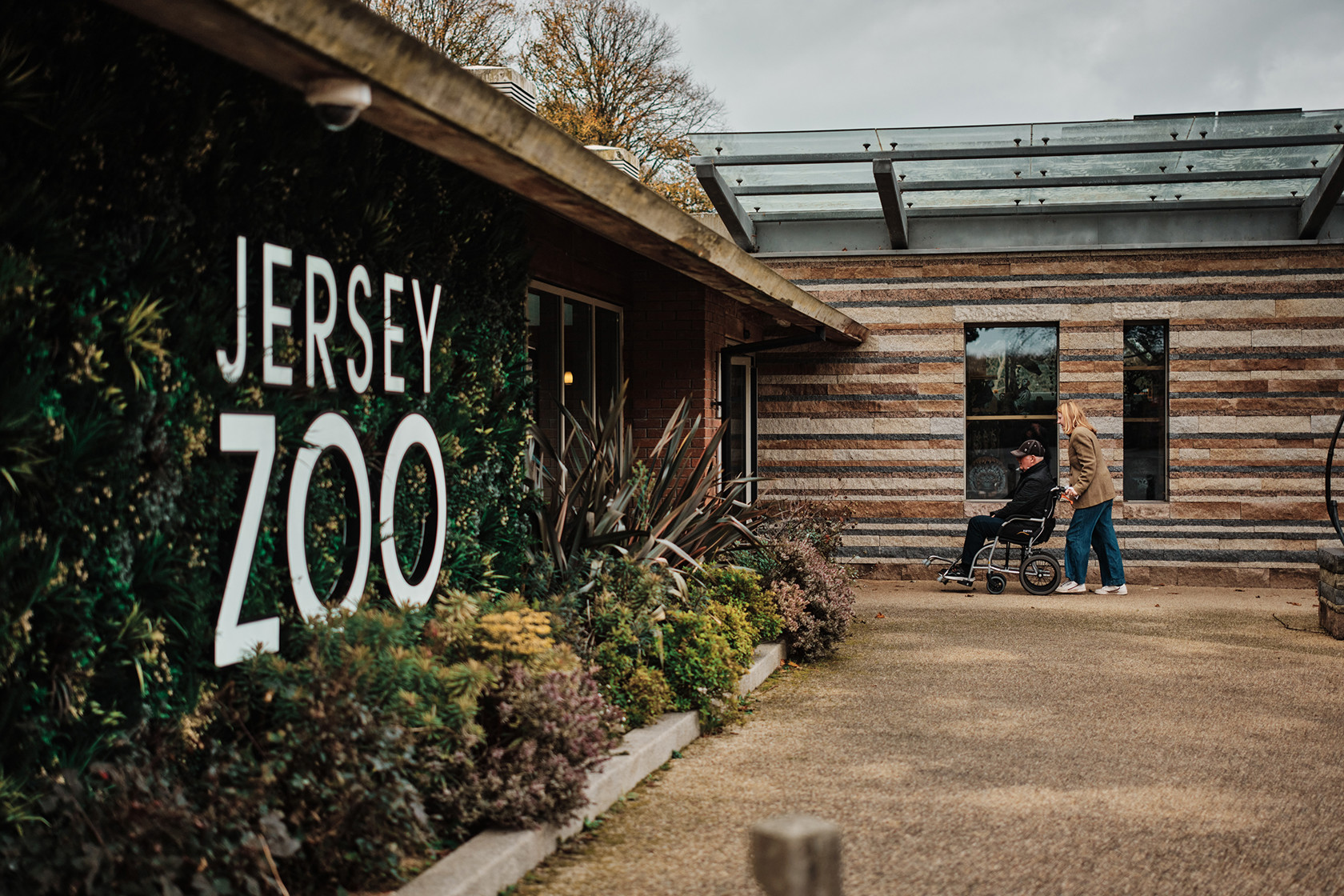
Book tickets online for Jersey Zoo. Know when you’re coming? Book a specific date in advance and save 10%.
Learn more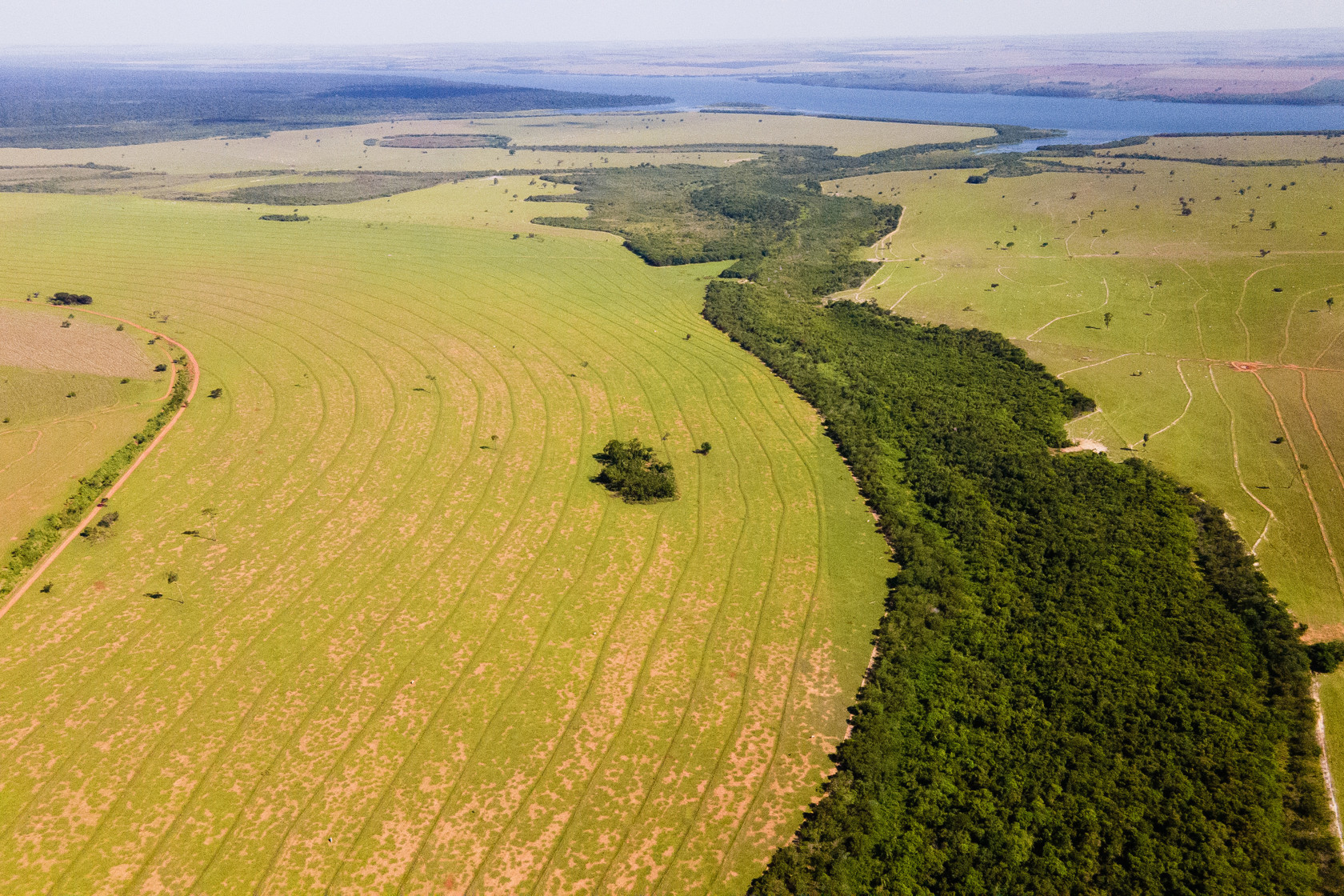
Recycle your aluminium cans with Durrell and help save species from extinction
Learn more
Learn more about the frog driven to the brink of extinction by a deadly microscopic fungus.
Learn more
